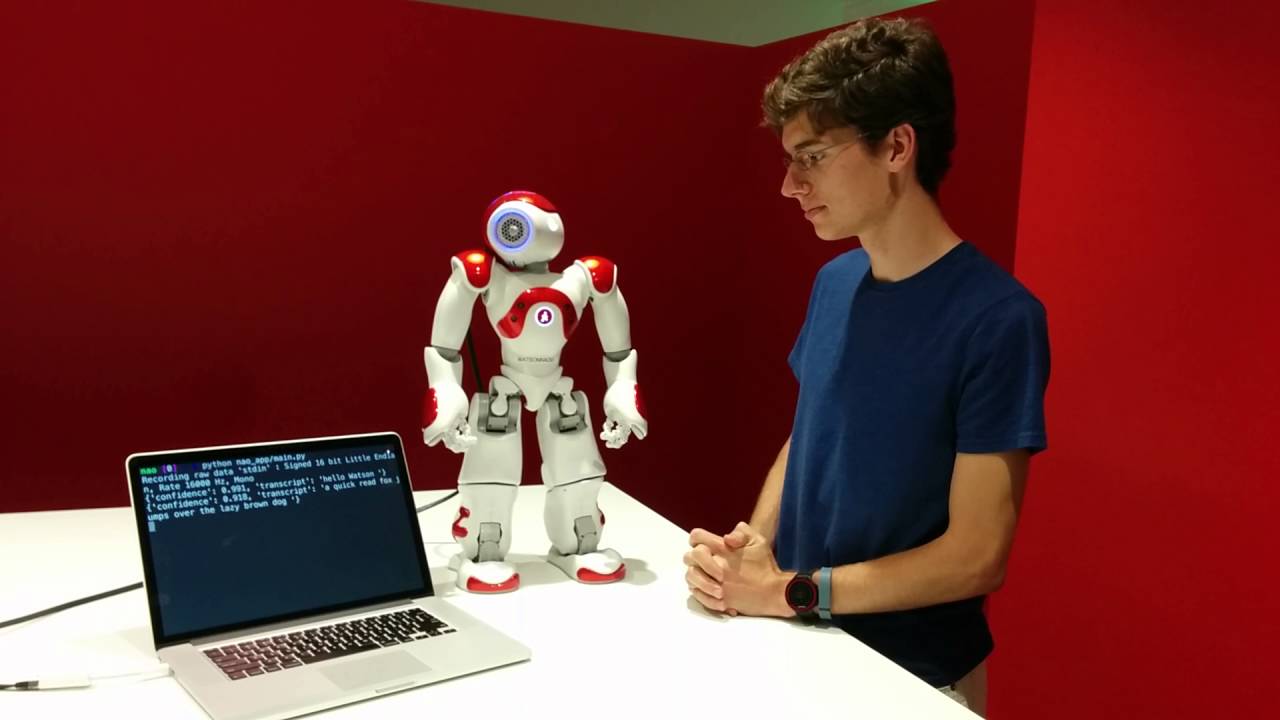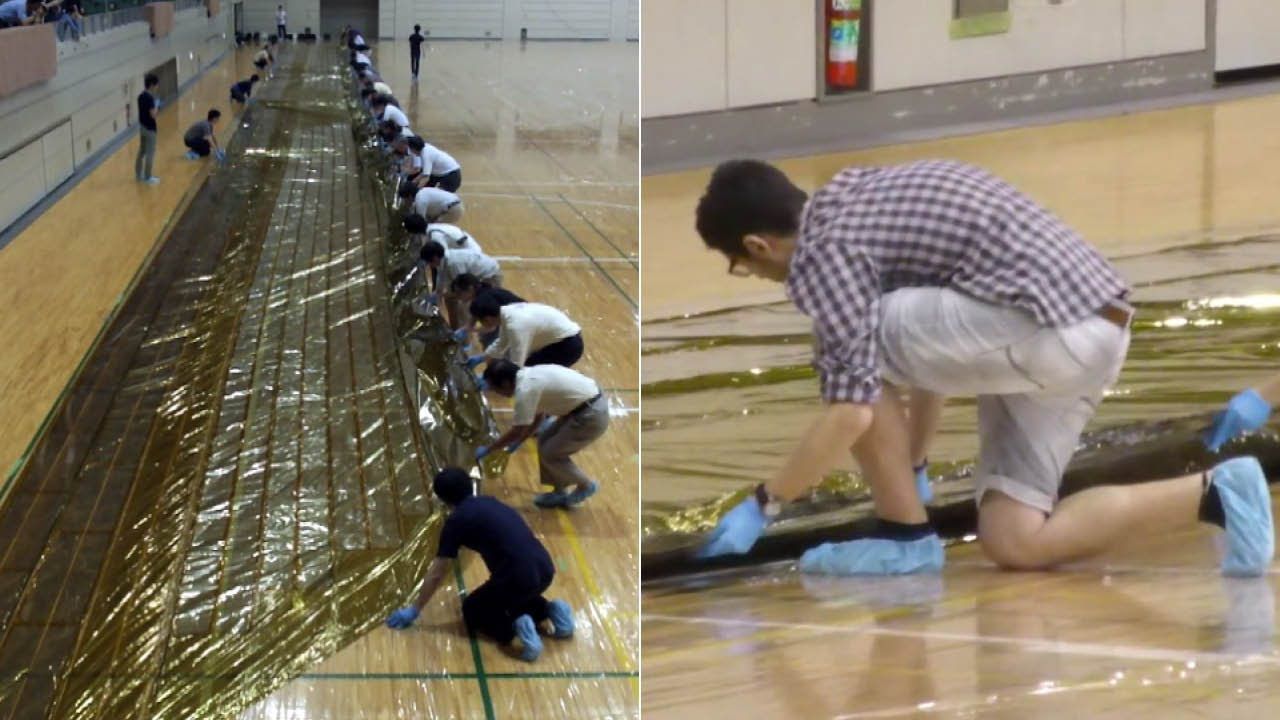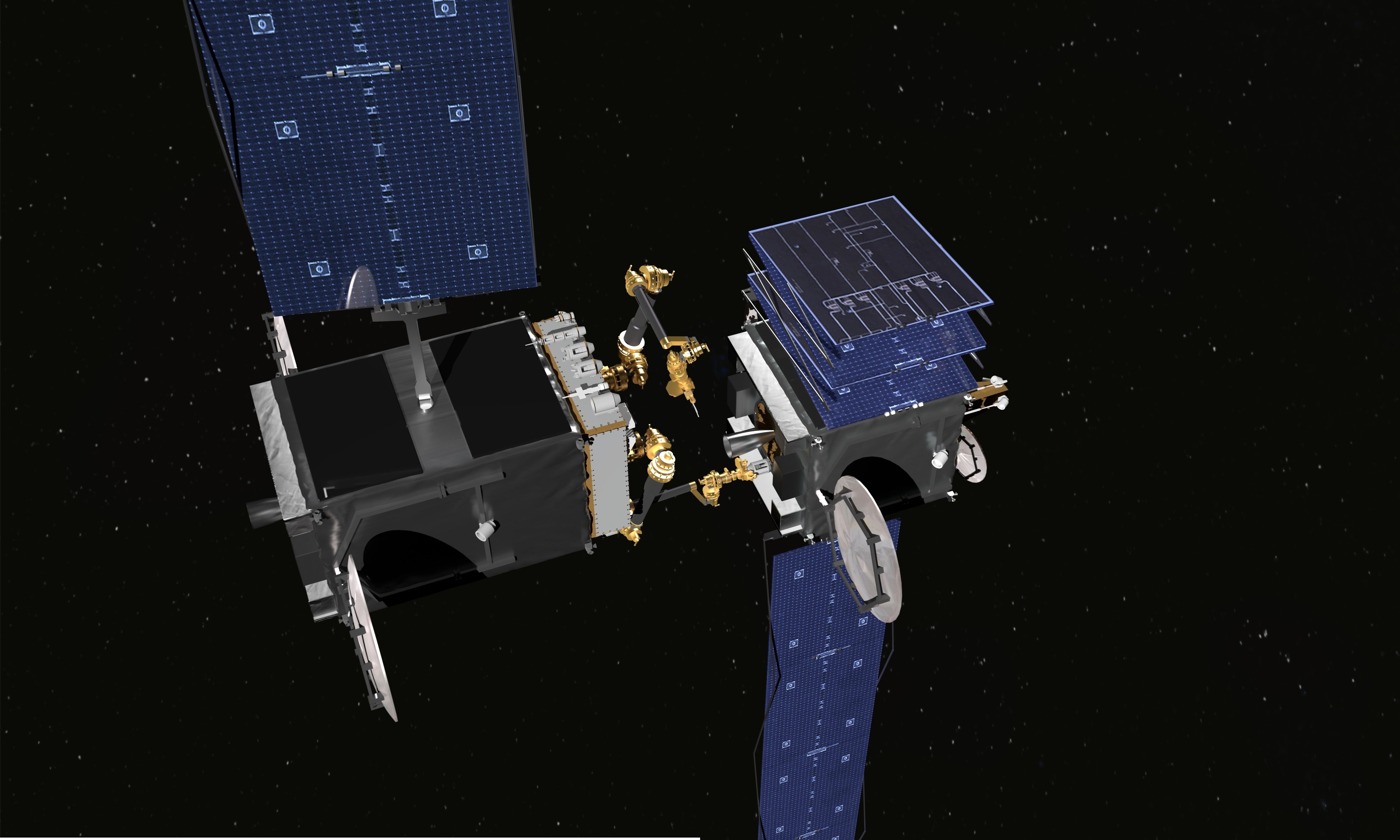MIT researchers have created an algorithm that hopes to understand human visual social cues and predict what would happen next. Giving AI the ability to understand and predict human social interaction could one day pave the way to efficient home assistant systems as well as intelligent security cameras that can call an ambulance or the police ahead of time.
MIT’s Computer Science and Artificial Intelligence Laboratory created an algorithm that utilizes deep learning, which enables artificial intelligence (AI) to use patterns of human interaction to predict what will happen next. Researchers fed the program with videos featuring human social interactions and tested it to see if it “learned” well enough to be able to predict them.
The researchers’ weapons of choice? 600 hours of Youtube videos and sitcoms, including The Office, Desperate Housewives, and Scrubs. While this lineup may seem questionable, MIT doctoral candidate and project researcher Carl Vondrick reasons out that accessibility and realism were part of the criteria.








